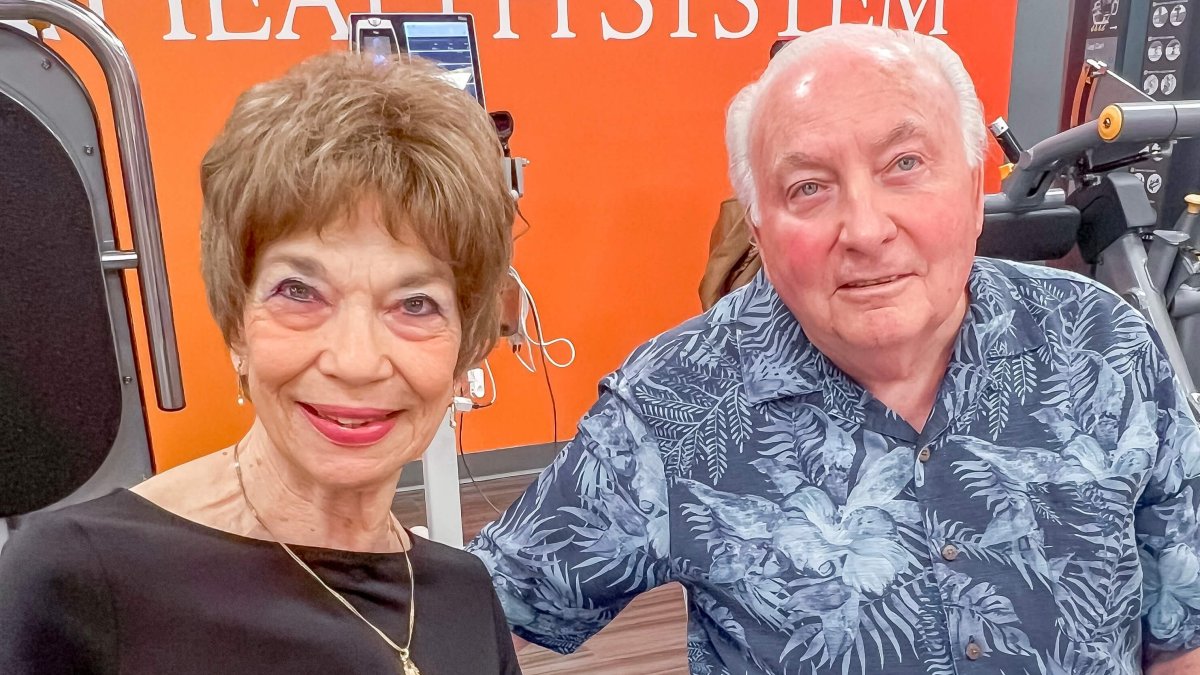The Power of Support Groups for Stroke Survivors
 A stroke happens when brain cells are damaged and die, either because oxygen can’t reach the brain or a blood vessel bursts in the brain. Depending on how much brain damage occurs, stroke survivors may experience ongoing impacts ranging from physical limitations to problems thinking clearly to trouble with speech, chewing and swallowing.
A stroke happens when brain cells are damaged and die, either because oxygen can’t reach the brain or a blood vessel bursts in the brain. Depending on how much brain damage occurs, stroke survivors may experience ongoing impacts ranging from physical limitations to problems thinking clearly to trouble with speech, chewing and swallowing.
Recovery is different for everyone and can be a long process. Stroke rehabilitation focuses on re-learning how to perform basic life activities and re-gaining physical and cognitive functioning. It’s a challenging journey that often comes with feelings of isolation and stress for both stroke survivors and their caregivers.
But there’s a way to gain an advantage in stroke rehabilitation and recovery—joining a support group like the one offered at South Texas Health System.
The key benefits of a Stroke Support Group
For the last five years, stroke survivors in the Rio Grande Valley have turned to the STHS Stroke Survivors Group, where they find benefits that help improve their well-being and overall quality of life.
Community. A stroke support group offers a forum for survivors to celebrate milestones and support each other through rough spots. “Both the caregiver and the stroke survivor need to know they are not alone,” says Sophia Alton, Lead Physical Therapist Assistant, STHS, who leads the STHS Stroke Survivors Group.
That sense of community is invaluable to Sonia Salinas, who has come to rely on the STHS Stroke Survivors Group since joining a few months ago. “Being around other people who have gone through the same thing as you and seeing how much they have progressed provides hope,” she says.
Education. Group members learn from each other, sharing tips on how they’ve worked through challenges and plateaus. “You hear each other’s stories and see how much further you can progress,” Salinas says.
Members also stay up to date on best practices in stroke rehab and recovery. For example, the STHS Stroke Survivors Group regularly features speakers including psychologists, pain management doctors, ophthalmologists and physical therapists.
Mental and Emotional Support. Depression affects many stroke survivors, which can negatively impact physical recovery, according to the American Stroke Association. Alton has seen this first-hand. “Depression, stress and anxiety are major issues post-stroke for both the survivor and caregiver,” she says.
Support groups promote mental and emotional well-being, alleviating feelings of isolation. “I am supported here, and there are other people like me here – and that makes me feel better,” says group member Robert Contreras.
Celebrating five years of community and hope
Recognizing the need for stroke survivors to feel encouraged during recovery, Alton started the group in 2019 along with a co-worker. “I worked with several post-stroke patients who talked about how their new situation made them feel hopeless,” she says.
The group started with 10 members and has grown to 40 survivors and loved ones, including Carrie Heim, an original member who says the group now feels like family. “There is support and encouragement here – we are all in it together. You become a part of something.”
The STHS Outpatient Rehabilitation Services Department celebrated the Stroke Support Group’s fifth anniversary in December with a special holiday celebration. “I can’t believe that what started with just an idea has turned into something so beautiful,” Alton says.
Recognize Signs of Stroke and Act F.A.S.T.
Every second counts when someone is having a stroke. The “F.A.S.T.” acronym can remind you of signs and stroke and the right action to take:
F - Face: Ask the person to smile. Does one side of the face droop?
A - Arms: Ask the person to raise both arms. Does one arm drift downward?
S - Speech: Ask the person to repeat a simple phrase. Is the speech slurred or strange?
T - Time: If you see any of these three signs, call 911 right away.
